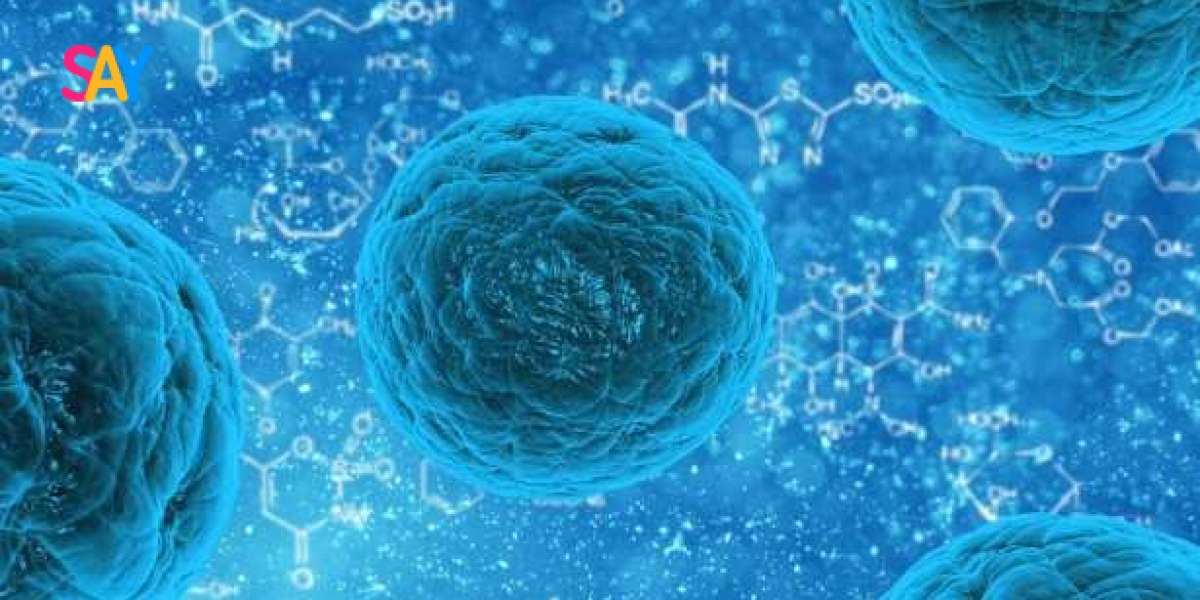The analysis of RNA transcript levels using various methods, including microarray and RNA-seq, has advanced biology recently. The use of RNA expression profiles to examine tissues with a variety of cell types does have certain drawbacks, though. In order to avoid dissociation, TRAP has been suggested as a promising method for isolating transcripts from intact tissues of particular cell types.
The separation of ribosome-bound mRNA from particular cell types in tissues is facilitated by translating ribosome affinity purification (TRAP). Without time-consuming cell separation and sorting procedures, polysomes can be selectively purified by epitope-tagging ribosomal proteins in a cell-type-specific way. Additionally, since gene expression does not continue after tissue lysis and the translationome is a better indicator of the steady-state proteome than the transcriptome, TRAP offers the most accurate representation of cell-type-specific gene expression profiles in intact tissues.




